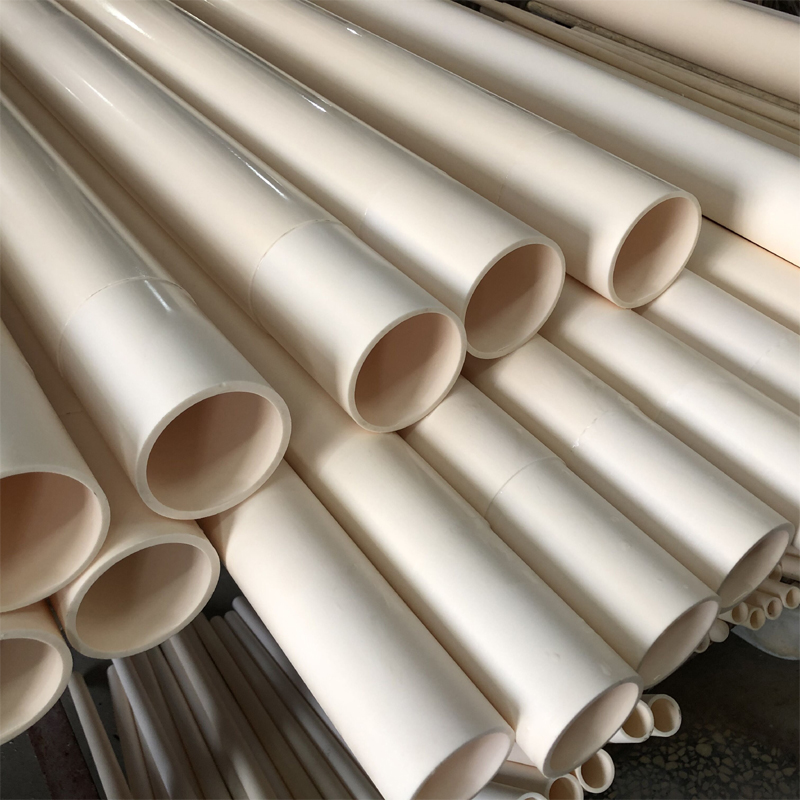Corrosion-resistant alumina pipes lead the innovation of industrial materials, with broad application prospects in multiple fields.
With the continuous improvement of the demand for high-performance materials in the industrial field, corrosion-resistant alumina pipes are becoming the preferred materials in the chemical, electric power, aerospace and other industries by virtue of their excellent chemical stability, high-temperature resistance and wear resistance. This article will deeply analyze its technical advantages, application scenarios and future development trends.

Ⅰ.Core Advantages of Corrosion-Resistant Alumina Pipes
1.Excellent Corrosion Resistant
Alumina pipes are primarily composed of high-purity aluminum oxide (Al₂O₃), featuring a stable crystal structure that resists erosion from strong acids, alkalis, and salt-based media. In the chemical industry, they can replace metal pipes to avoid rust and corrosion. For instance, in petrochemical applications, corrosion-resistant alumina pipes are used to transport corrosive fluids, extending service life by several times compared to traditional materials.
2.Stability in High-Temperature Environments
Alumina pipes maintain structural strength at high temperatures, with a softening temperature exceeding 1600°C. They are suitable for high-temperature scenarios in metallurgy, power generation, etc., such as high-temperature melt transportation and heat exchange systems.
3.Low Maintenance and Long Service Life
The smooth inner wall reduces fluid resistance and is less prone to scaling. Meanwhile, its excellent wear resistance allows it to withstand continuous impact from ore particles during mineral transportation, significantly reducing the replacement frequency.
II. Application Fields: From Traditional Industries to Emerging Technologies
1.Chemical and Energy Industries
Corrosion-resistant alumina pipes are widely used in chemical reactors, pipeline linings, and oil-gas transportation. Their corrosion resistant enables them to handle extreme media such as hydrofluoric acid.
2.Electronics and Aerospace
With high insulation and lightweight characteristics, they serve as ideal materials for electronic component packaging and rocket engine nozzles.
3.Environmental Protection and New Energy
In wastewater treatment and solar panels, alumina pipes enhance system efficiency through corrosion and high-temperature resistance. For example, as battery support materials, they extend service life.
III. Technological Breakthroughs and Future Trends
1.Material Composite
By introducing materials such as silicon carbide and silicon nitride to form composites, corrosion resistant and mechanical strength are further enhanced. For example, alumina-silicon carbide composite pipes exhibit superior wear and corrosion resistant.
2.Nanotechnology and Intelligent Manufacturing
Nano-particle reinforcement technology can improve pipe density and reduce micro-cracks; 3D printing technology enables precise manufacturing of complex structures.
3.Intelligent Monitoring
In the future, sensors may be integrated to monitor pipeline corrosion status in real time and provide advance warnings for maintenance needs.
IV. Market Prospects and Policy Support
It is predicted that the global market size of alumina ceramic pipes will reach $10 billion by 2030, with China accounting for more than 40%. Policies promoting green manufacturing have made corrosion-resistant alumina pipes a key development focus due to their energy-saving characteristics. For instance, in China's "Green Industry" initiative, alumina pipes reduce energy consumption by 30% through optimized heat transfer structures.
Conclusion
Corrosion-resistant alumina pipes are reshaping the landscape of industrial materials through technological innovation and cross-industry applications. With the upgrading of environmental protection requirements and the growth of high-end manufacturing demands, their market potential will be further unleashed, providing key support for the sustainable development of global industries.

